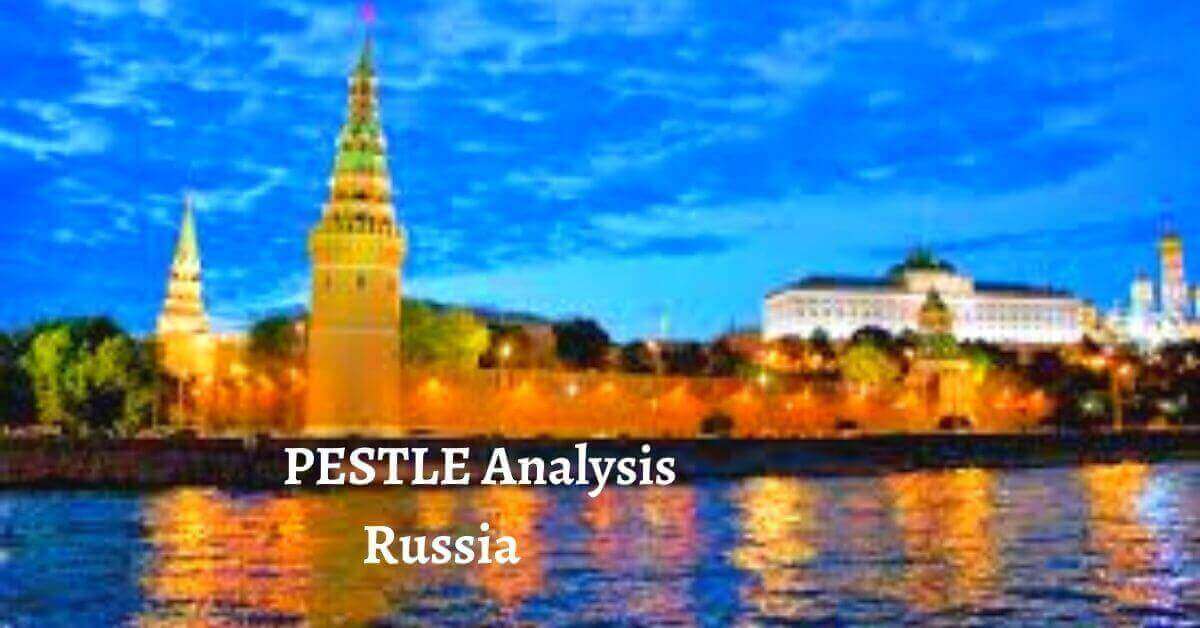Pestle analysis of Saudi Arabia. The Kingdom of Saudi Arabia is a West Asian country situated on the Arabian Peninsula. The country shares the border with Yemen, Oman, UAE, Bahrain, Qatar, Kuwait, Iraq, and Jordan. Riyadh is the capital of Saudi Arabia.
The total area of Saudi Arabia comprises 830,000 square miles, and it’s the 12th largest country in the world. Approximately more than 34,218,169 people are populating the country, and it’s the 40th largest country worldwide.
Saudi Arabia has a long history dating back to many ancient civilizations and cultures. The Islamic Prophet Muhammad brought the Arabian population together in the 7th century. His followers expanded the country’s territory and laid the foundations of many Caliphates and dynasties across Asia, Africa, and Europe from 632 to 1517.
Ibn Saud laid the foundation of modern-day Saudi Arabia on September 23, 1932, through a series of battles starting from 1902. The country comprises 4 major regions. Nowadays, it’s home to the world’s 2nd largest religion, Islam, and two holiest mosques, Al-Masjid-Al-Haram and Al-Masjid-an-Nabawi.
Today, we’ll discuss the pestle analysis of Saudi Arabia. It would analyze the macro-environmental factors impacting the world’s leading countries in the Middle East and the Islamic world. Here’s the pestle analysis of Saudi Arabia as follows;
Political factors affecting Saudi Arabia
Government System
Saudi Arabia follows the unitary Islamic monarchy and hereditary dictatorship as its system of government and administration. The Wahhabi conservative religious movement within the Sunni sect is ruling the country. Muhammed-bin-Salman (MBS) is the current King and the crown prince of Saudi Arabia.
The Saudi constitution doesn’t allow the formation of any type of political party. However, the King must follow Islamic Sharia law.
Political Stability
Saudi Arabia has a stable political environment in the country under the leadership of the monarch. However, many critics argue on the word “political environment” of Saudi Arabia. They claim that the country doesn’t have any political environment, because it doesn’t have any political parties. It’s just absolute monarchy and totalitarian dictatorship, where the King has all the power.
Royal Family
The royal family controls the political environment of Suadi Arabia. According to an estimate, approximately 200 male descendent of the Ibn Saud family wields power over the 7000 princes of the country. However, the key ministerial posts are allocated for the royal family members and princes.
Alliances
Saudi Arabia has membership in the world’s leading organizations like OPEC, Arab League, Organization of Islamic Cooperation, UN, Gulf Cooperation Council, and others.
Economical factors affecting Saudi Arabia
GDP
According to an estimate, the annual nominal GDP of Saudi Arabia in 2020 was 680 billion dollars, and it’s the 19th highest in the world. Out of which, the per capita income of the country was 19,587 dollars, and it’s 39th world’s highest.
Oil & Gas
The production of oil and gas is the main industry and source of income of Saudi Arabia. It contributes 80% to the country’s total GDP. The worldwide lockdown and shutdown of businesses suddenly dropped the demand for oil and gas. The retail price also dropped significantly, and it dropped the annual GDP by -6.8%.
Imports & Exports
Saudi Arabia’s top imports are Precious metals, Gems, Medical apparatus, steel, iron, mineral fuel, pharmaceutical products, boats, ships, electrical machinery, vehicles, and computers. She imports these products from India, Germany, UAE, the USA, and China.
Saudi’s main exports are steel, iron, precious metals, electrical equipment, dairy products, fertilizers, aluminum, inorganic chemicals, organic chemical, plastic, and oil. She exports it to India, Singapore, UAE, China, and others.
Unemployment Rate & Taxes
According to an estimate, the unemployment rate in Saudi Arabia falls between 8%-12% in 2021. The unemployment rate is very among females. However, the country’s corporate tax rate falls within 15% to 20% depending upon the income level. It’s worth noting it here that the country doesn’t have a personal income tax.
Social factors impacting Saudi Arabia
Demography
Saudi Arabia has the world’s highest young population comprising 34.2 million people. Approximately more than 50% of the country’s total population is less than 25 years. However, the average life of men and women is 73.5 and 76.5 years old.
Approximately over 90% of the country’s total population is Arab and the remaining 10% is African-Asian. A vast majority of the population lives in regions like Hejaz and Najd. However, Arabic is the official and national language of the country. Islam is the official religion.
Trends
Saudi Arabia is a highly religious society. Women must wear the Hijab covering everything under the neck except hands and feet. If the non-Muslim women don’t follow the dressing, then the police would arrest them.
The conservative Wahhabi movement doesn’t appreciate the growth of art. However, music and dance have been an important part of the Arabic lifestyle; tar and tabl are the main musical instruments. Football, Camel Racing, and Falconry are some of the main popular sports.
Human Rights Violations
According to a report by Human Rights Watch in 2020, it said that Saudi officials expelled Ethiopian workers and migrants under suspicion of having the virus. However, poor working conditions, lower wages, and limited food provision to workers from third-world countries are common practices.
Technological Factors Affecting Saudi Arabia
Research & Development
Saudi Arabia has realized the significance of technology, and the country has been investing a plethora of resources in innovation, entrepreneurship, and research and development. However, the country plans to shift its economic dependence from oil and gas to the tech industry by the end of 2030.
The Badir Program for Technology Incubators is Saudi’s main entrepreneurial hub that provides support to young startups. Other programs are Monisha’s, MEVP (Middle East Venture Partners), and UnitX.
Legal factors affecting Saudi Arabia
Regulations
Saudi Arabia is an Islamic country and it follows the Islamic Sharia Law both for civil and criminal cases. The king holds the final power over the rule of law whether to pardon someone or not. However, the country has 3 types of courts; Courts of First Instance, Courts of Cassation, and Supreme Judicial Council. Capital punishment and decapitation of body parts are the common punishment in the country.
Environmental factors impacting Saudi Arabia
Environmental Challenges
Saudi Arabia is indeed the world’s leading developed country in terms of high GDP. But the country is also facing environmental challenges like desertification, deforestation, and overconsumption of natural resources like agriculture, air pollution, water pollution, and urbanization.
Tourism
A vast majority of tourists visit Saudi Arabia because of religious pilgrimage reasons. According to an estimate, 16.1 million used visit the country in 2017. The government now plans to increase tourism to 93 million people by the end of 2023.
Conclusion: Saudi Arabia Pestle Analysis Example Country
After an in-depth study of the pestle analysis of Saudi Arabia, we’ve concluded that Saudi Arabia is indeed one of the world’s richest countries. Human rights violations, poor working conditions, and overreliance on oil and gas are some of the top issues. Saudi Arabia should address these challenges if the country wants to become a tourist destination; while paying heed to the external political, economical, social, technological, legal, and environmental factors impacting the country.

Ahsan Ali Shaw is an accomplished Business Writer, Analyst, and Public Speaker. Other than that, he’s a fun loving person.


